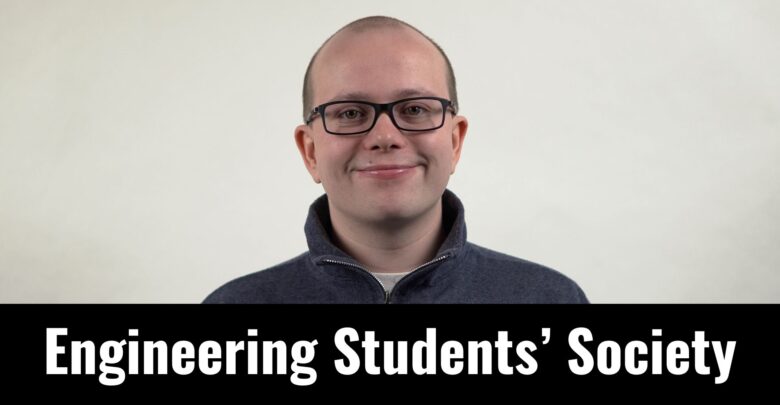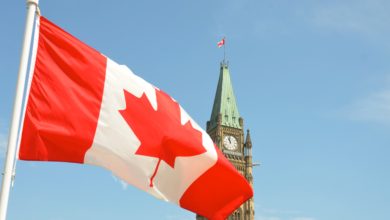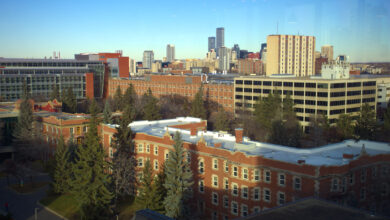SU Elections 2024 Q&A: Engineering Students’ Society Referendum
The Students’ Union 2024 election is giving students the opportunity to decide on renewing the Engineering Students’ Society faculty association membership fee.
 Lily Polenchuk
Lily PolenchukThe Students’ Union 2024 election is giving students the opportunity to decide on renewing the Engineering Students’ Society (ESS) faculty association membership fee (FAMF).
The ESS FAMF goes toward providing undergraduate engineering students with volunteer opportunities, events, advocacy, and academic supports. This referendum is proposing a FAMF of $20 per fall and winter semester for all undergraduate students enrolled in the University of Alberta’s faculty of engineering.
Representing the ESS in this Q&A is Jayden Brooks, a fifth-year electrical engineering student and co-president of the ESS.
The following interviews have been edited for brevity and clarity.
What is this referendum trying to accomplish?
Jayden Brooks: The referendum for this year is really trying to accomplish some of the financial limitations that we’ve seen over the past few years. The ESS has had the same general allocation percentages and amount for about five to 10 years now. So, what this is trying to do is provide more alignment with our direction as an organization, and to align with the faculty of engineering’s direction. So that we can give the best student experience possible for engineering undergraduates.
For students who don’t know, what is the ESS?
Brooks: The ESS is an over 100-year old organization that serves one purpose: to serve and represent all the engineering undergraduates at the U of A. For all engineering students, we offer various services that are academic-based, social-based, etc. Our main priority is to try and make the engineering experience at the U of A the best it can be, and up-to-par with the other engineering schools across Canada.
If this referendum passes, how much will students be paying and how is that cost determined?
Brooks: The membership fee is being proposed to increase from $10 per academic term — that includes fall and winter, not including spring and summer — up to $20, and then indexed to Consumer Price Index on an annual basis.
This amount was determined by recommendations from our financial team, as well as our accounting firm that we’ve been using for many years. The amount was also determined off of what kind of expenditures are of the ESS. It’s mostly to cover things that, if the ESS were in a financially poor time, would still be covered to ensure student experience.
Will all students be paying this fee?
Brooks: All engineering undergraduates will automatically be enrolled in it. But one of our priorities this year, and after getting a lot of the feedback from engineering students, is to create a very easy systematic approach to refunding. There won’t be any halts in accessing services. We understand $20 is a lot for students to рау. And if students don’t see a value in that, that is more than their right to refund it.
Why do you think students should care about the work being done by the ESS?
Brooks: One of our goals as a society is to try to offer a lot of both extracurricular and other means to enjoy the degree. Engineering is a very difficult, not enjoyable time. What this money really enables the ESS and the subsequent project teams and discipline clubs to be able to achieve, is to try and give all engineering students opportunities to succeed professionally, socially, and make engineering slightly less miserable.
With files from Katie Teeling.
CORRECTION: At 8:56 p.m. on February 26, this article was updated to specify that the proposed FAMF would be $20 per fall and winter semester. A previous version of this article said the proposed FAMF would be an annual $20 fee. The Gateway regrets this error.




